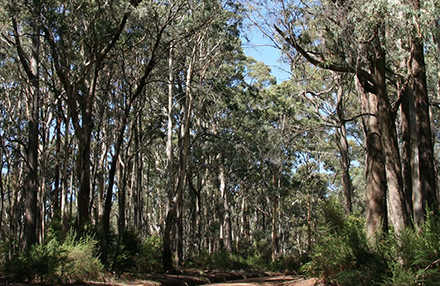 Artificial barriers preventing forest industry businesses from accessing carbon credits through the Federal Government’s Emissions Reduction Fund (ERF) means the fund isn’t realising its full potential according to Chief Executive Officer of the Australian Forest Products Association (AFPA), Mr Ross Hampton. Source: Timberbiz
Artificial barriers preventing forest industry businesses from accessing carbon credits through the Federal Government’s Emissions Reduction Fund (ERF) means the fund isn’t realising its full potential according to Chief Executive Officer of the Australian Forest Products Association (AFPA), Mr Ross Hampton. Source: Timberbiz
Analysis from the ABC published recently, shows the ERF has failed to spend its existing funding prior to being topped up by $2 billion in the latest Federal Budget.
“Whilst the ERF has proven to be an effective policy tool and new funds are welcome, this analysis shows that it could be doing more to fight climate change if artificial barriers were removed and new methodologies developed,” Mr Hampton said.
“Australia’s forest industries are a powerhouse in fighting climate change, but artificial barriers are preventing forest companies from fully participating in the fund, meaning the potential contribution of the sector isn’t being fully realised.
“An example of an existing artificial barrier is the water constraint preventing new plantations and farm forestry plantings being established in areas of more than 600mm and 400mm of annual rainfall respectively.
“Furthermore, additional methodologies that recognise timber and fibre use in a whole range of applications, like construction, need to be developed.”
Last year, AFPA launched ‘18 by 2030’, a pledge that Australia’s forest industries could remove an additional 18 megatonnes of CO2 from the atmosphere each year from 2030, if the right policies were put in place by the Federal Government.
“Forest industries being able to efficiently utilise the ERF is an essential part of that challenge,” Mr Hampton said.





